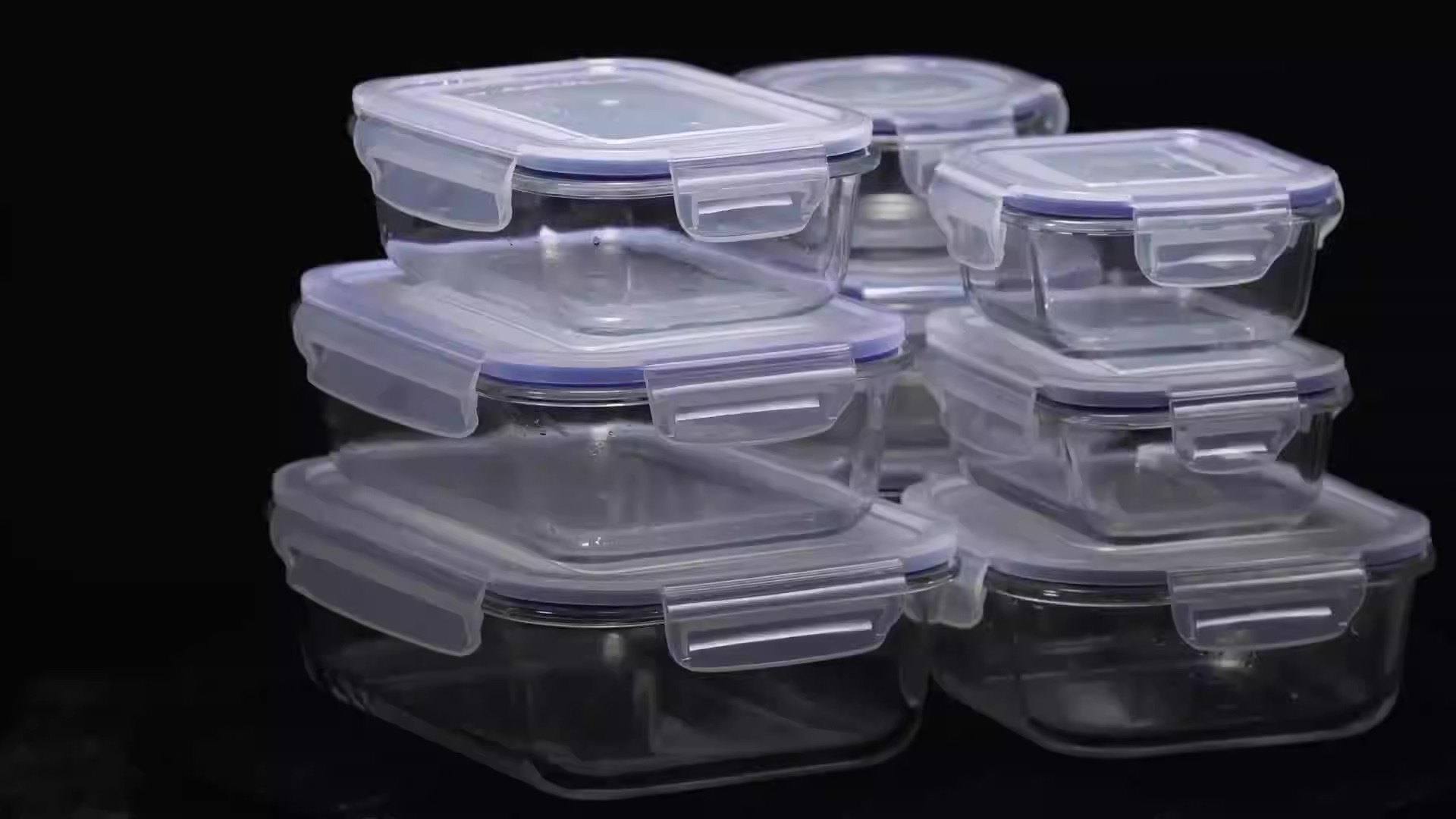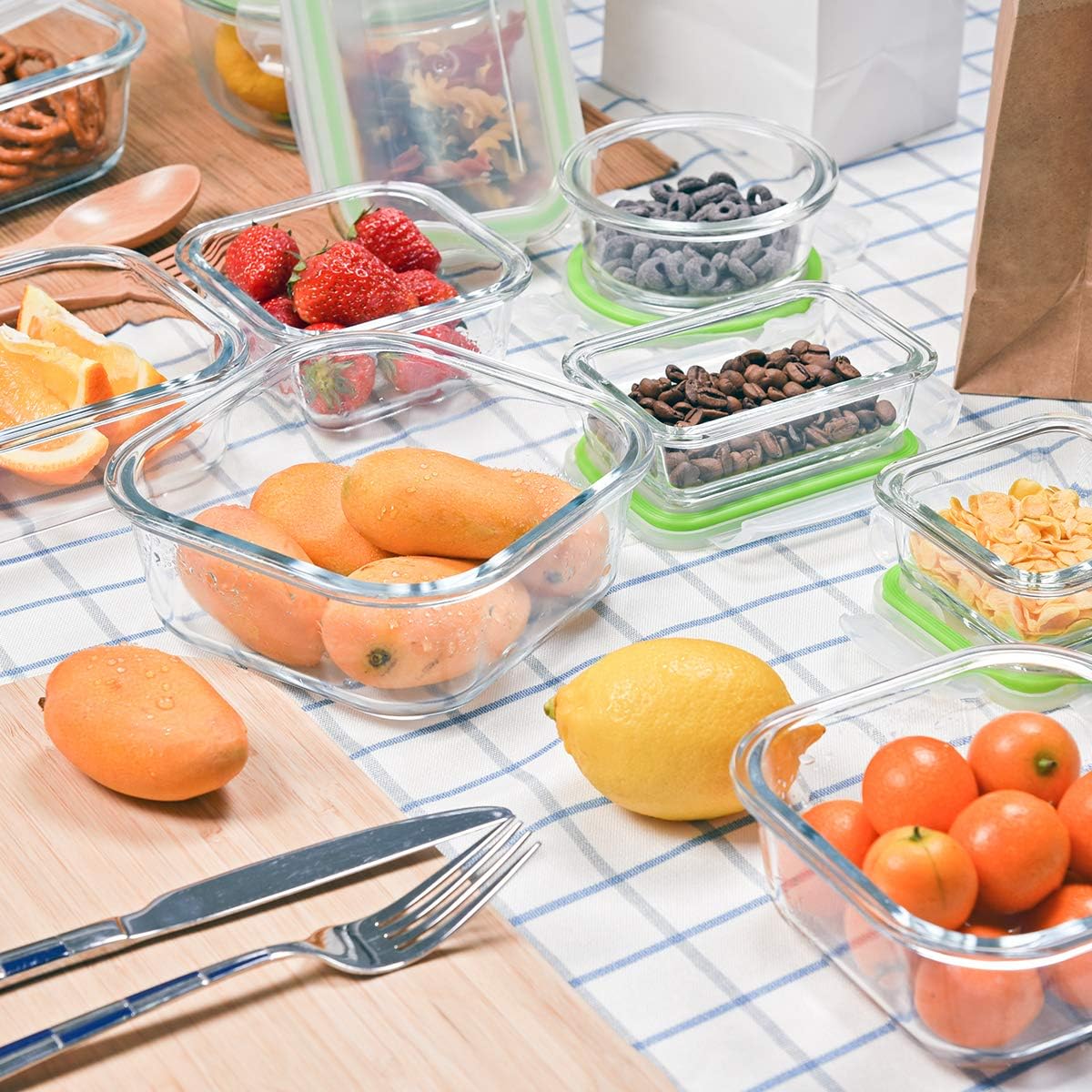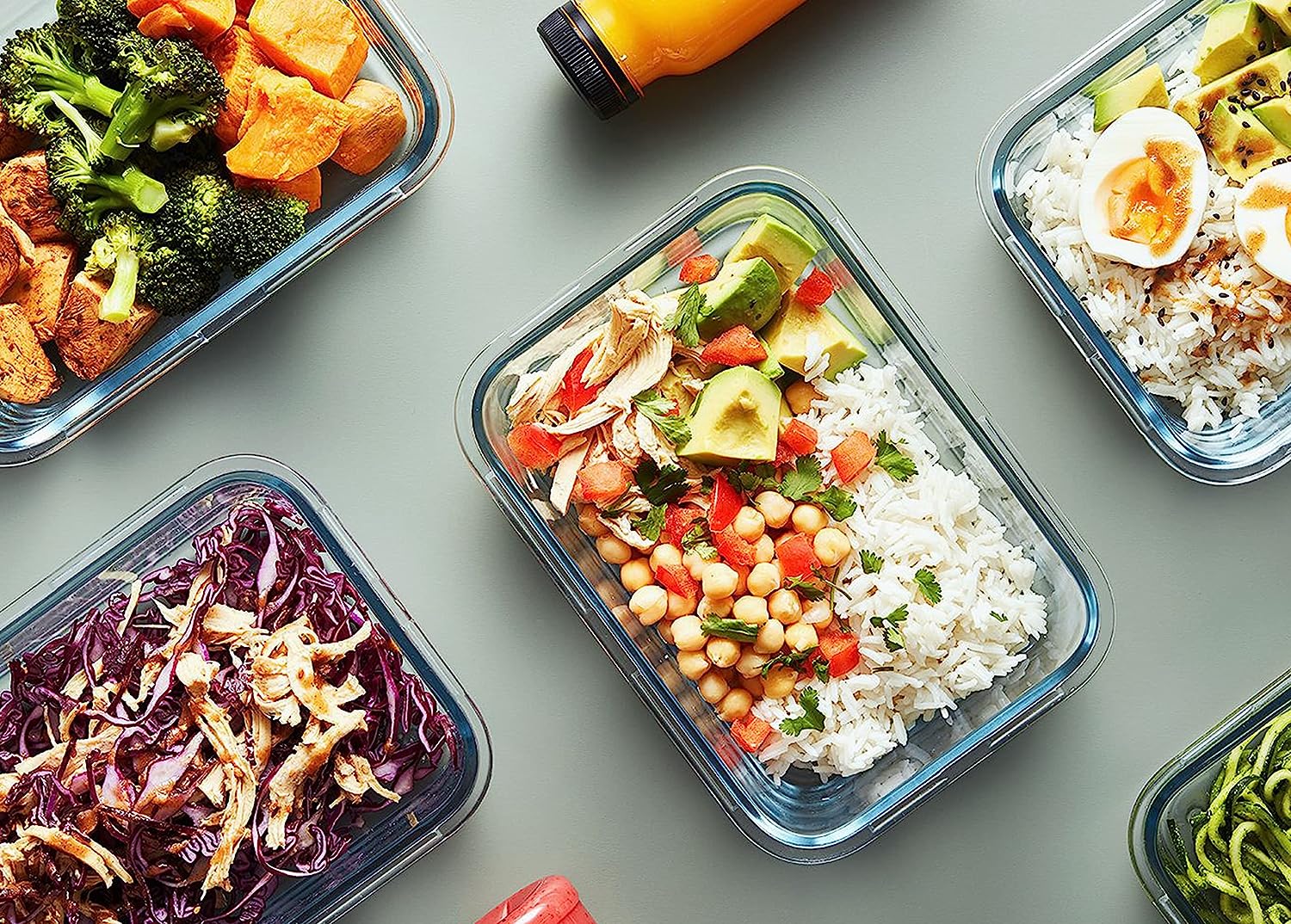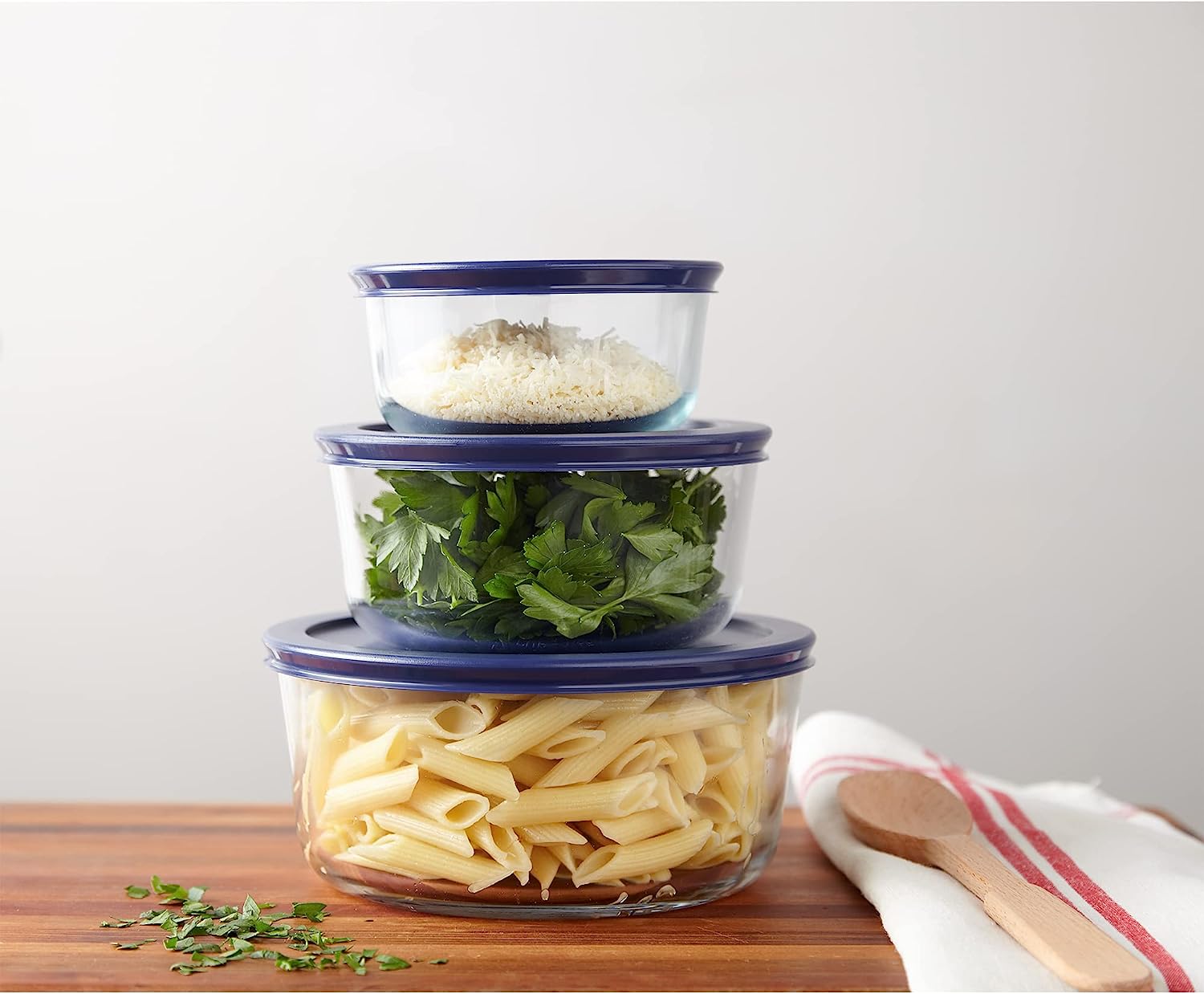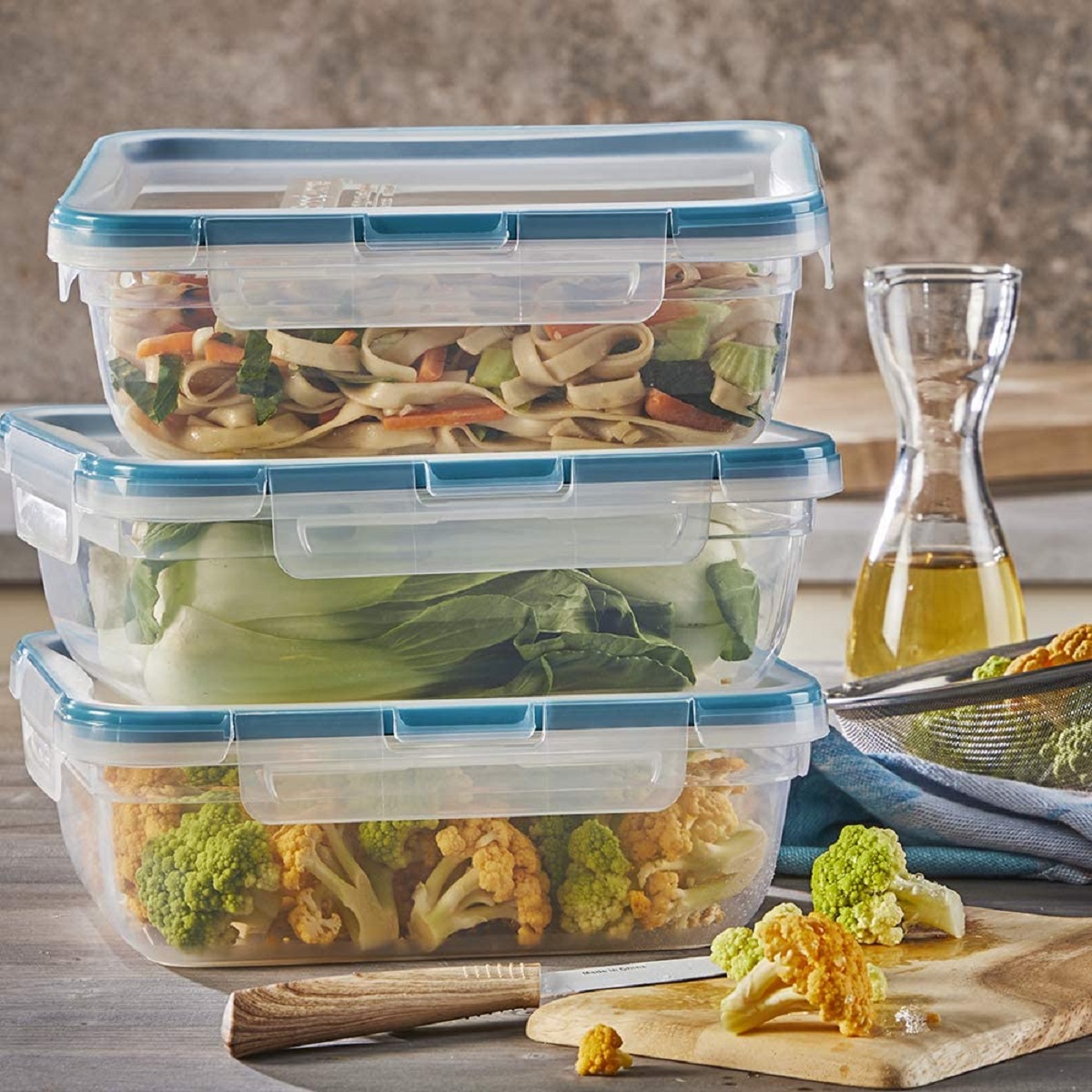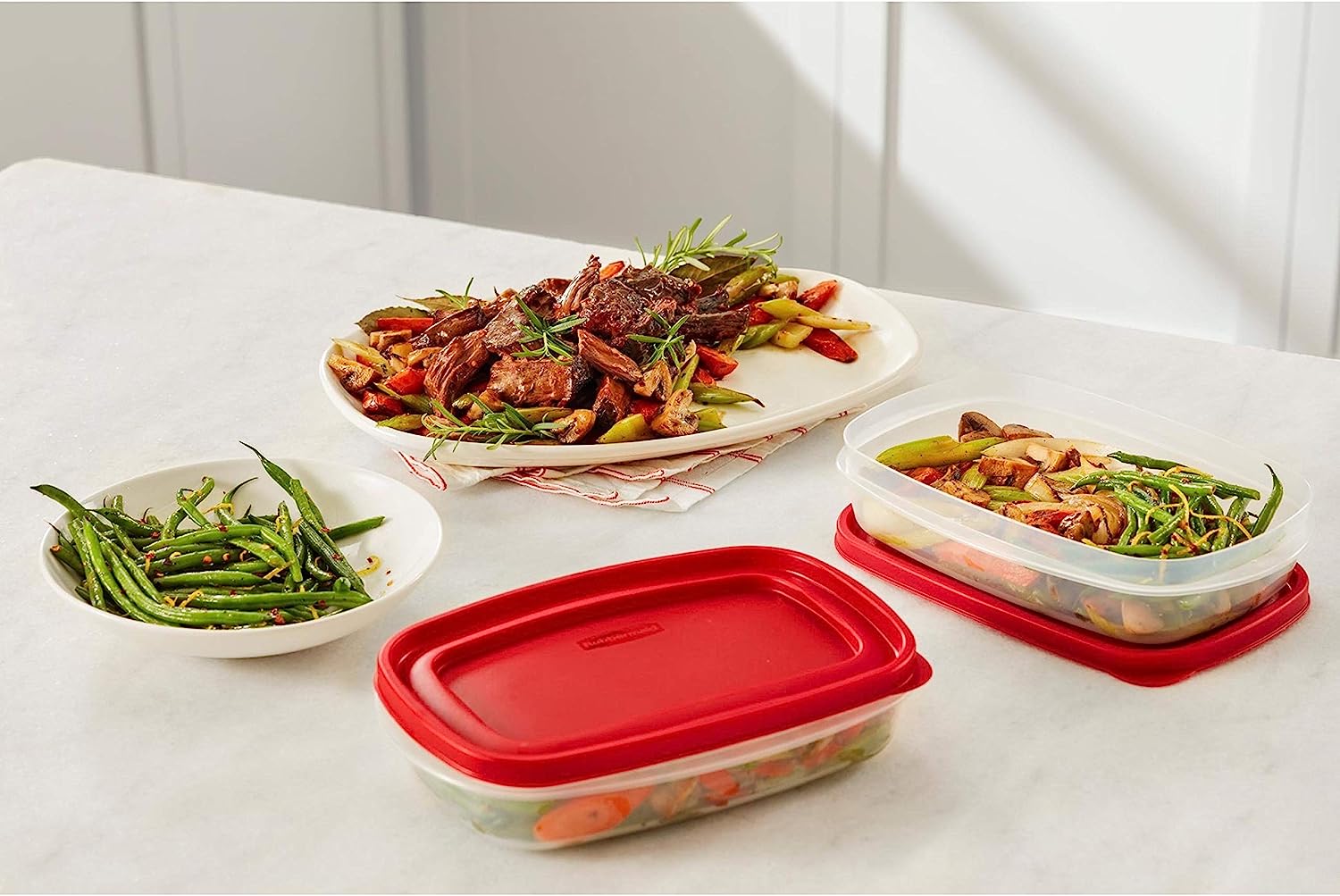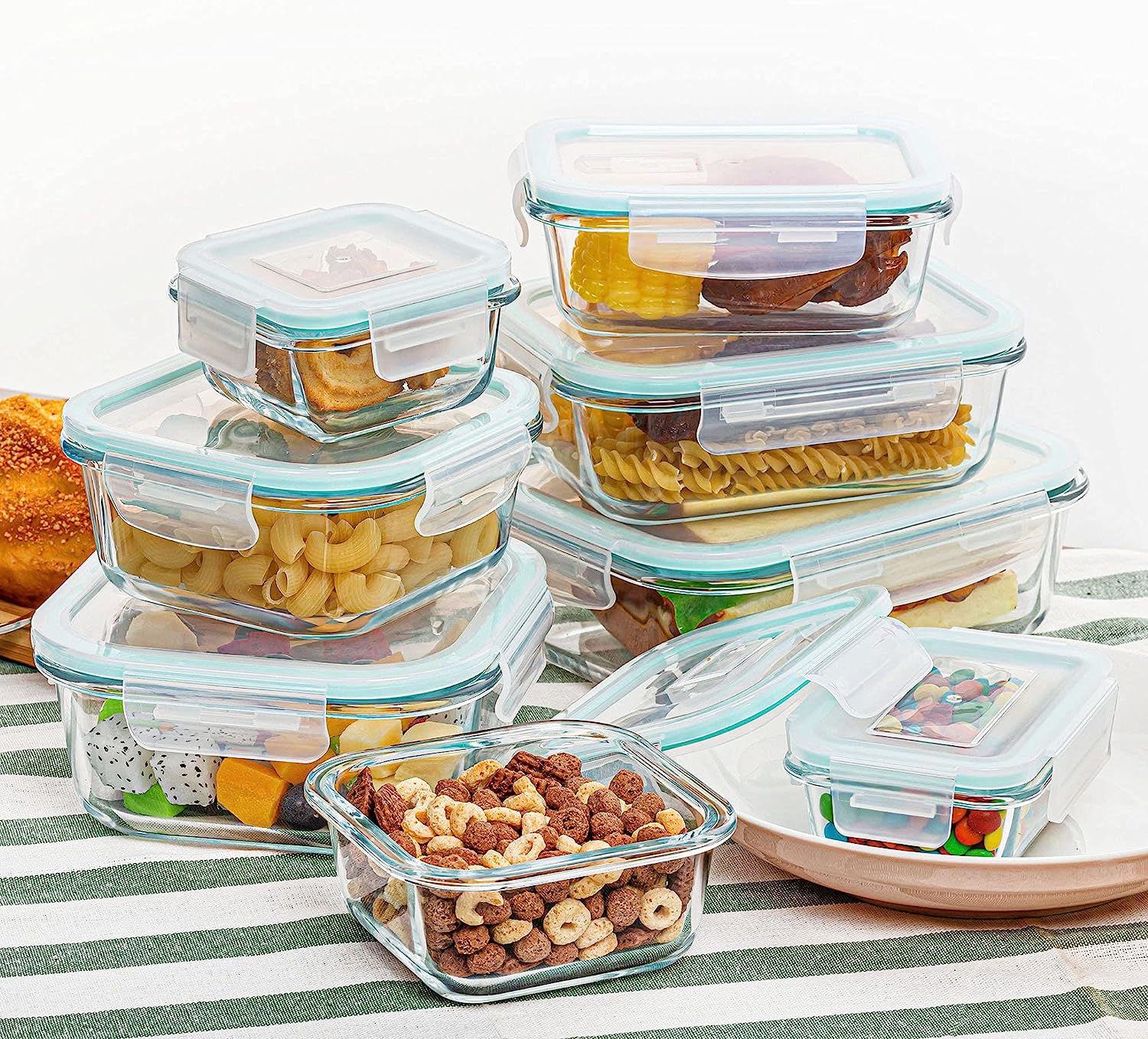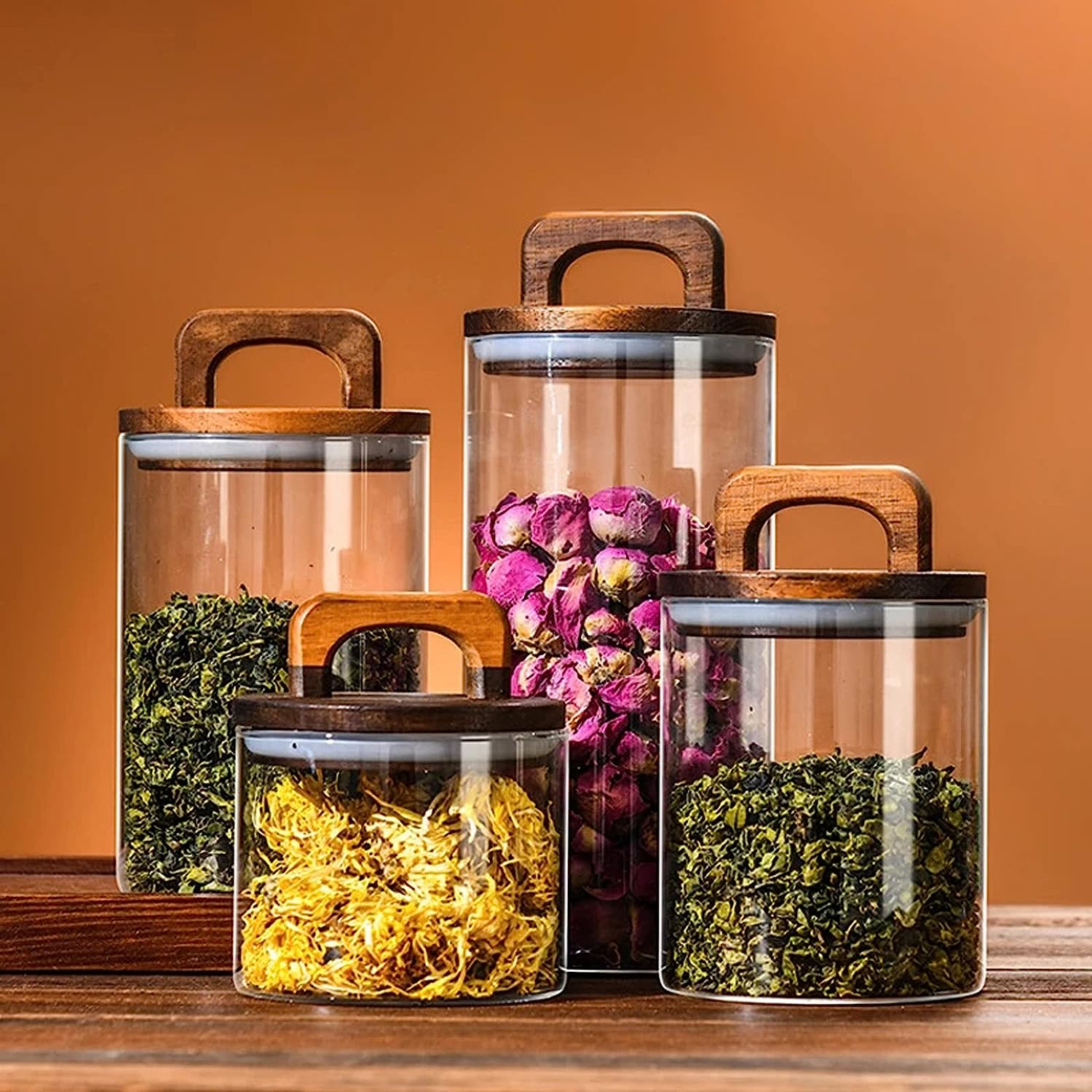Home> Glass Food Storage Containers
Glass Food Storage Containers: Ultimate Guide for Safe Storing
Explore our comprehensive guide on Glass Food Storage Containers. Find the best options, tips for usage, and expert advice. Safe, durable, and eco-friendly.
15 Best Glass Food Storage Container For 2024
By: Olivia Parker • 50 Ways To Get The Most Out Of Your Kitchen Storage
14 Best Food Storage Containers Glass For 2024
By: Noah Bennett • 50 Ways To Get The Most Out Of Your Kitchen Storage
13 Best Pyrex Storage Containers For 2024
By: Sophie Thompson • 50 Ways To Get The Most Out Of Your Kitchen Storage
14 Best Large Food Storage Containers For 2024
By: Benjamin Parker • Your Complete Guide To Storage Containers
12 Best Rubbermaid Food Storage Containers With Lids For 2024
By: Benjamin Parker • 70 Bedroom Storage Products For A Relaxing Space
11 Best Food Storage Glass For 2024
By: James Anderson • 50 Ways To Get The Most Out Of Your Kitchen Storage
By: Samuel Turner • Your Complete Guide To Storage Containers
